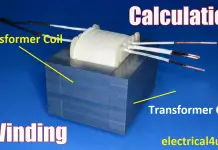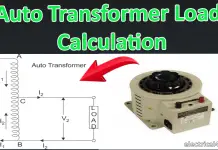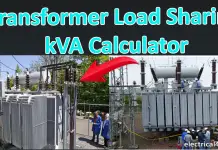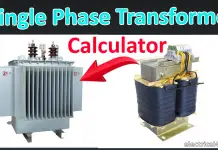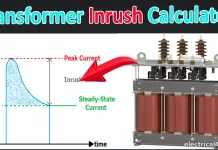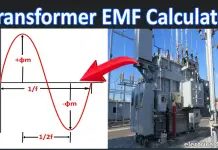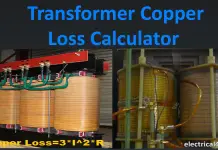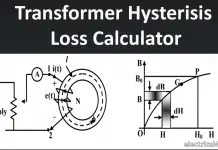What is short circuit test?
The short circuit test in the transformer is used to find the short circuit parameter such as copper losses, equivalent resistance, voltage regulation at full load condition. This test should be conducted at rated current condition.
Why short circuit test to do?
- To find the equivalent resistance and equivalent reactance of the transformer.
- To find out the variable losses (copper loss) in the transformer.
- Voltage regulation of the transformer can be determined by obtaining the data of the short circuit test.
How to Perform Short Circuit test?
Short circuit test is carried out at rated current on high voltage side with L.V side as closed-circuited. It is carried out on H.V side because rated current easily occur on H.V side compared to L.V side.
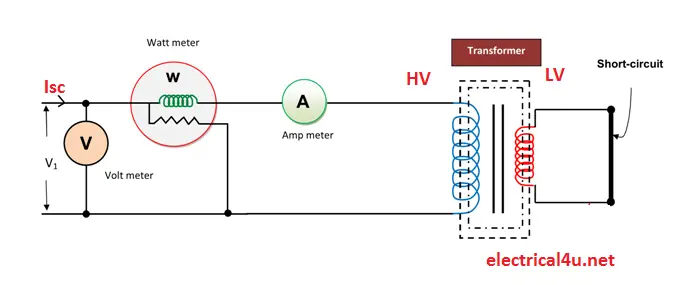
All the instrument such as ammeter, voltmeter and wattmeter are connected on H.V side. For 1-6% variation of voltage, the rated current will occur. Wattmeter reads the full load copper loss of the transformer because core losses are very less.
Short circuit Test formula,
Req=Psc/Isc2
Where,
Psc= copper loss
Isc=short circuit current
cosφsc=Short circuit power factor
Zeq=Vsc/Isc
Xeq=√(Zeq2 – Req2 )
cosφsc=Req/Zeq


